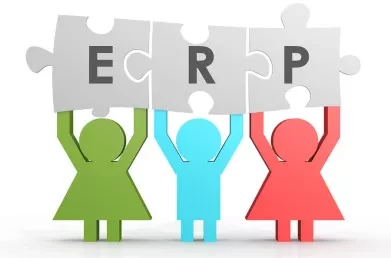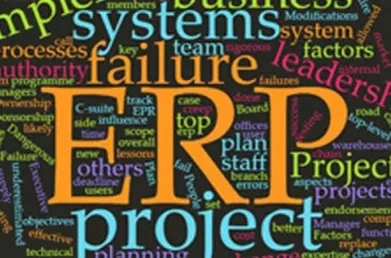How to select an ERP solution for your business
The process of selecting the best ERP solution for your business is potentially full of pitfalls and the path is littered with banana skins. Many have entered the fray and, while many have come through unscathed, they are outnumbered by those who have been significantly scarred – albeit figuratively (however, it can still hurt – both the organisation and the individuals involved!).
A common approach is to appoint someone in the organisation to draw up a list of possible requirements – quite often a mix of (a) known problems with current systems and (b) a wish list of things that – in some way or other – may be thought to be of potential benefit to some part or other of the business.
Next step is to provide the summary requirements to a number of possible vendors supplying different systems – possibly based on some limited market knowledge combined with some insight as to what competitors or others in similar businesses may be using.
It is a rare event that a vendor sales person will look at a potential opportunity and say “Sorry – we can’t deliver”. In the majority of cases, this is probably based on a reasonable (and mostly valid!) assumption that the current range of leading ERP solutions can, in most cases, deliver the majority of standard business requirements. However, this does not mean there is not some degree of compromise or workaround involved. Particularly in areas that may be unique to your business.It is important to understand how these are supported by any potential solution.

Entering the world of vendor demonstrations can add further confusion. Unless this activity is tightly managed there is the real possibility of being dazzled by features and functions (the Bling!) the vendor believes will show their solution in the best light. It can lead to a situation where you are impressed by those areas that are less relevant to your needs at the expense of fully understanding how your key needs will be met.
Having gone through the process, you can find yourself in a situation where it is difficult to compare the different options presented and almost impossible to be able to dispassionately evaluate the choices available.
Following a structured approach to selecting appropriate ERP solutions for businesses which helps avoid these pitfalls is key. This should include identification of issues and opportunities facing the business and a quantification of the benefit to be accrued from solving / addressing these. This leads to a clear statement of prioritised requirements.
Then presenting detailed requirements to a range of suitable vendors allowing them to respond in detail identifies those likely to have appropriate, effective solutions and relevant experience in your sector. These can then be brought forward to demonstration – focussed and detailed – concentrating on the key areas which are critical to your business.
Once a preferred vendor is identified, clear definition of the contractual aspects of the project – as well as agreeing a clear Statement of Work to be delivered - establishes a good basis on which to proceed to implementation phase.
While following a structured process will not guarantee success in implementation, it certainly minimises the likelihood of failure.
Lumenia has developed a detailed, structured methodology which avoids the pitfalls associated with ERP systems selection ensuring you select the right solution and the best partner most suited to your needs – and for the right reasons.
This blog and white paper was written by Gerry Savage,Principal Consultant, at Lumenia. For further information on Lumenia or specifically on Selecting an ERP solution send an email to Gerry Savage.


